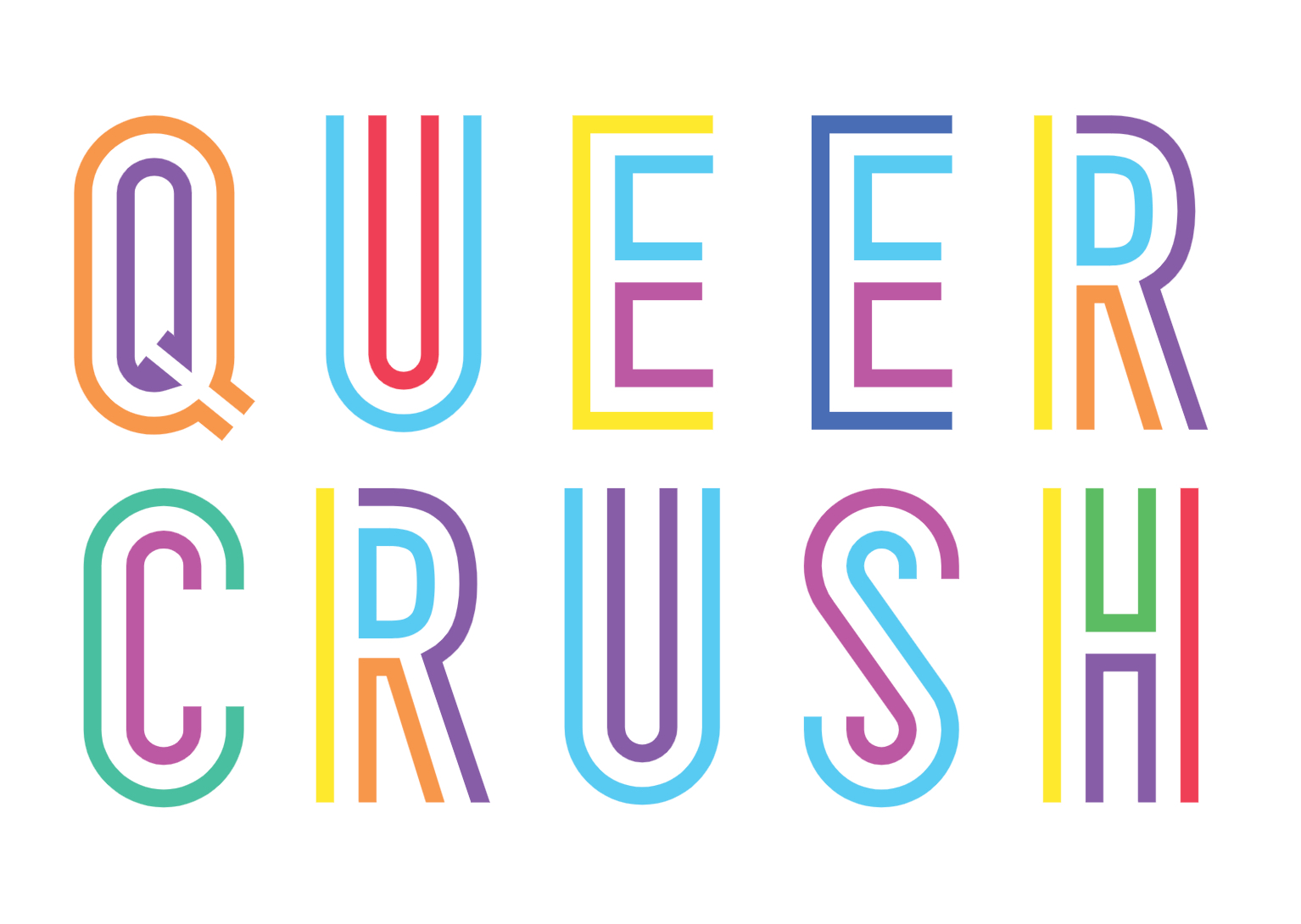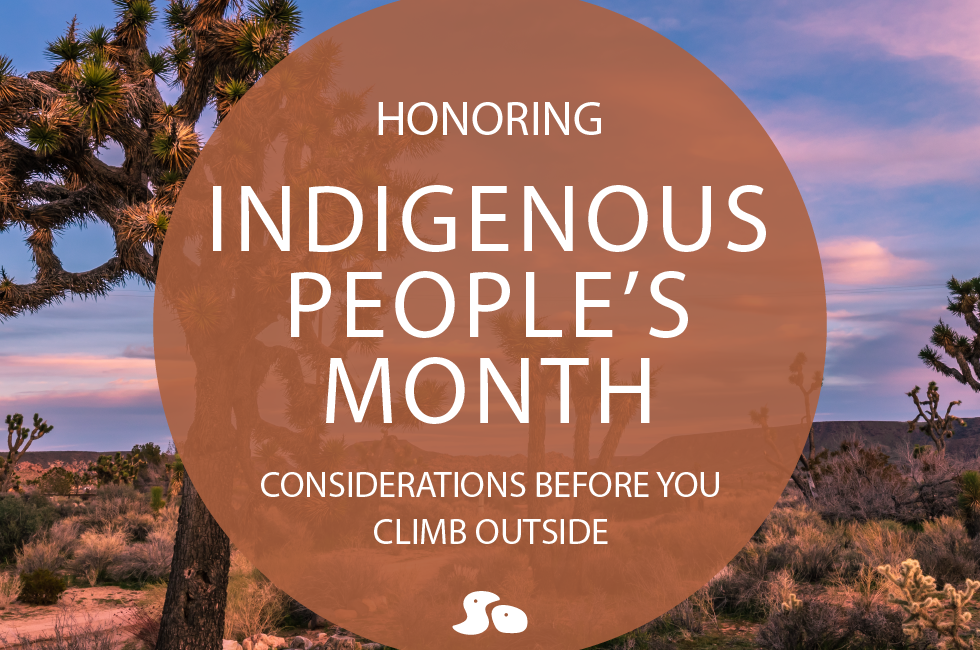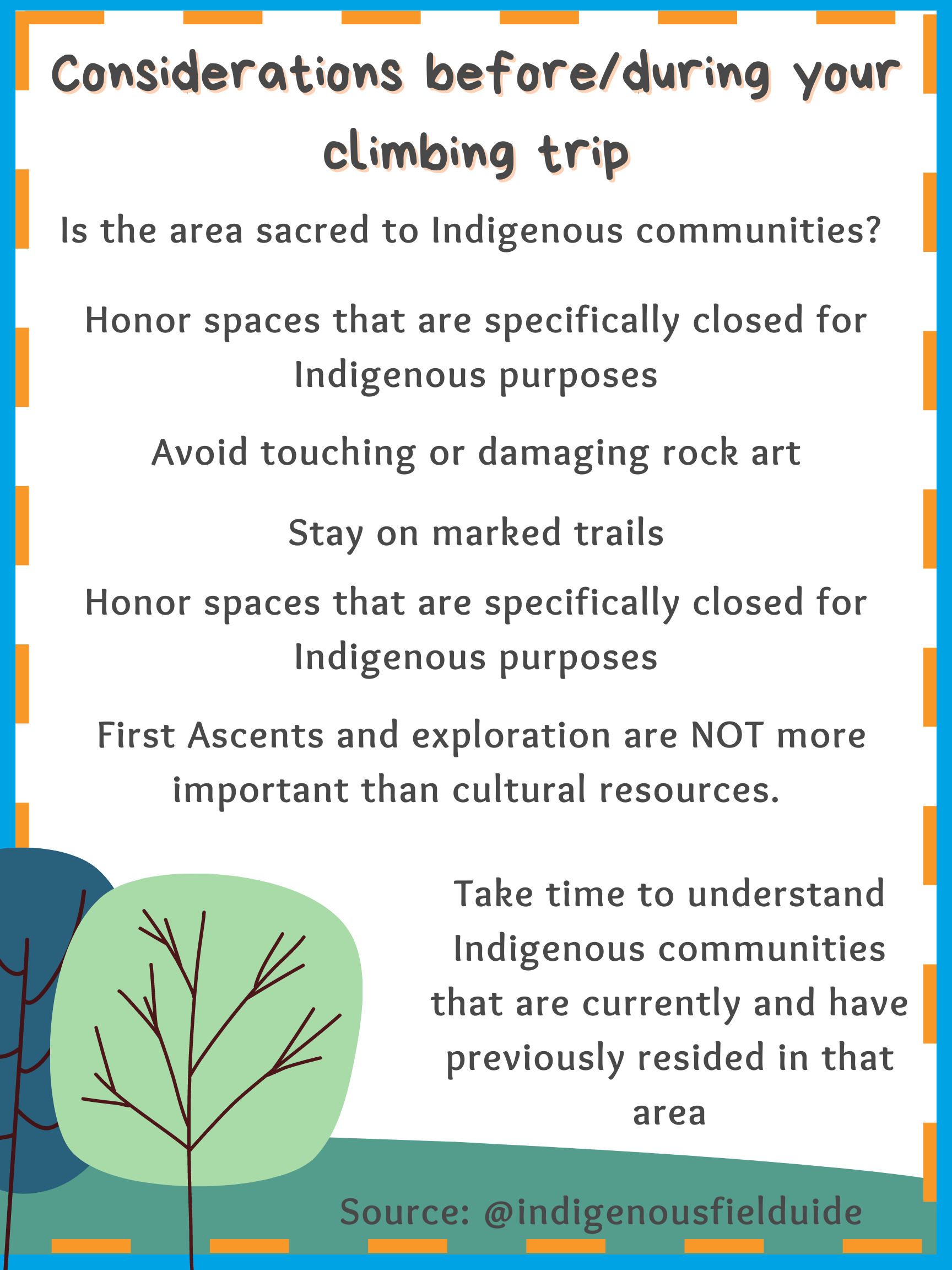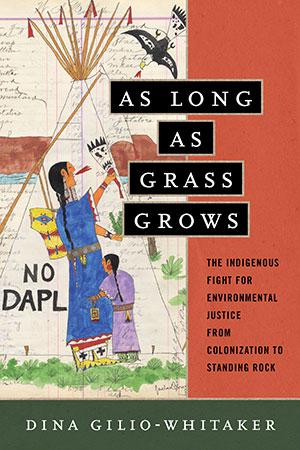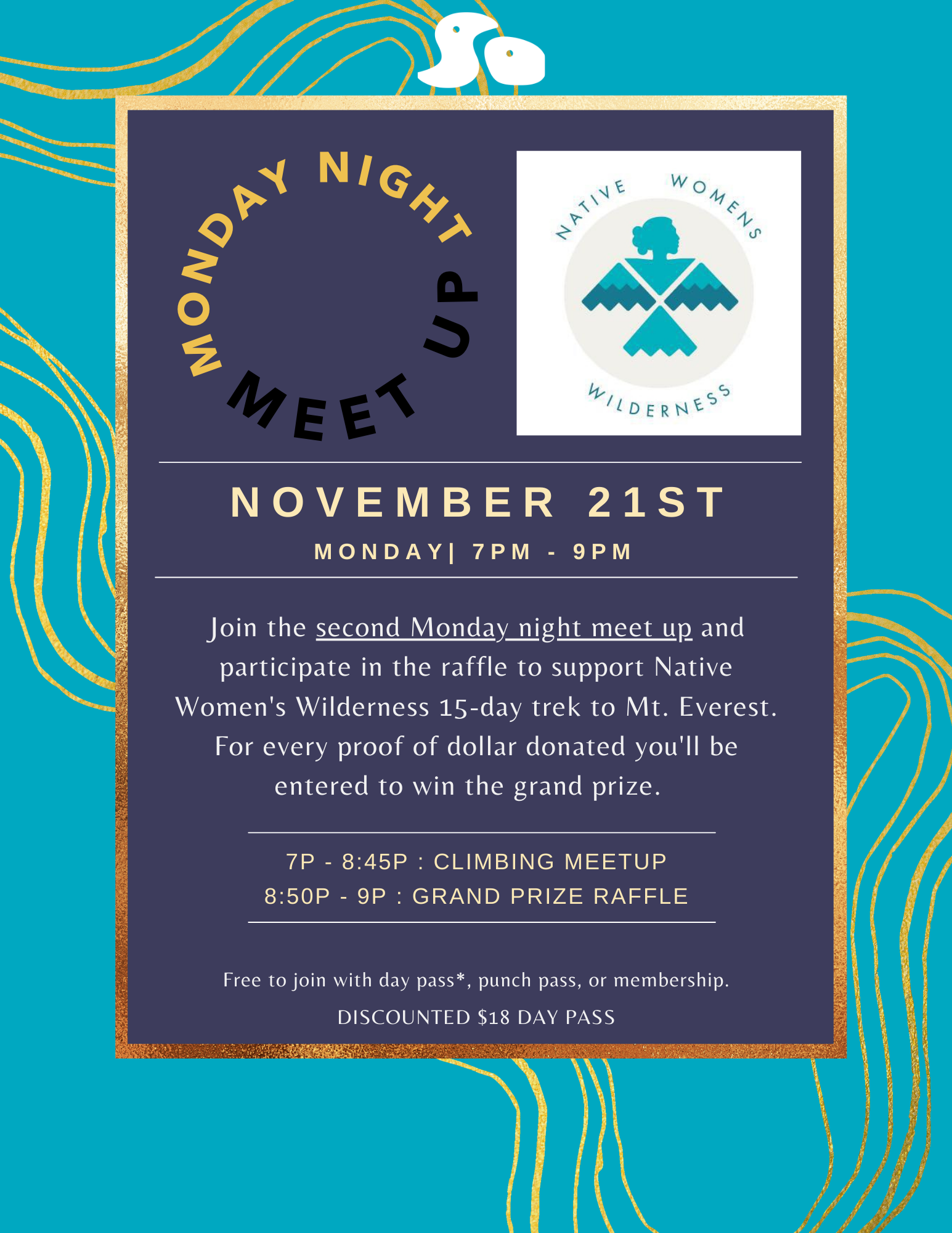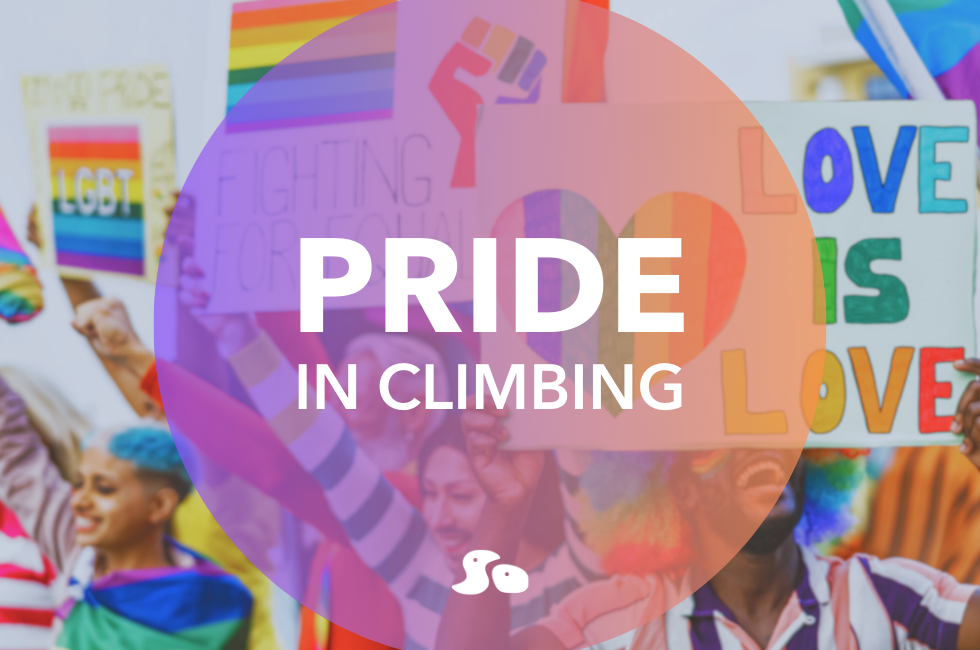
Pride in Climbing
the contentWritten by Kadisha Aburub & Eric Ho, Edited by Crystal Tan
It’s PRIDE month.
Everywhere you turn, you will likely see a rainbow somewhere. Although it's exciting to see the world embrace our community, navigating the relationship with where we stand within that community and outside of it may not always feel like rainbows. Let's dive into some terminology.
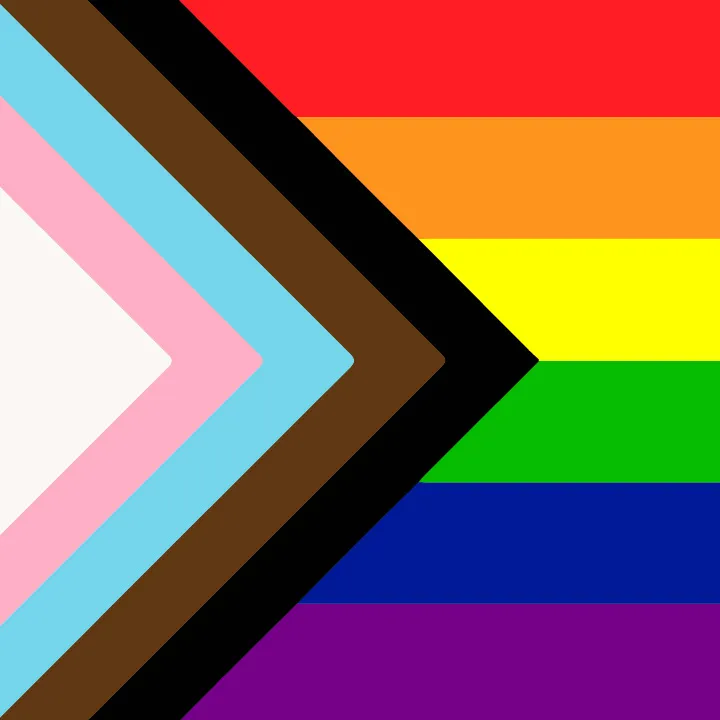
What do the letters in LGBTQIA+ mean?
Lesbian: a woman who is physically, emotionally, or romantically attracted to other women.
Gay: a person who is physically, emotionally, or romantically attracted to people of the same gender.
Bisexual: a person who is physically, emotionally, or romantically attracted to people within more than one sex, gender, or gender identity.
Transgender: a person whose gender identity or expression is different from the sex assigned at birth. Transgender should be used as an adjective — not as a noun or a verb.
Queer: an adjective used by some people whose sexual orientation is not exclusively heterosexual or straight. It’s an umbrella term that includes people who have non-binary or gender-fluid identities. Non-binary describes a person whose gender identity falls outside of strictly male or strictly female.
- Gender fluid describes a person whose gender identity or expression changes over time.
- Genderqueer describes a person who does not follow static categories of gender, embracing a fluidity of gender identity and, oftentimes, sexual orientations.
- Gender non-conforming describes a person who does not abide by traditional or cultural expectations — in regards to appearance or behavior — of their gender.
- In a 2018 Human Rights Campaign (HRC) survey, over 12% of LGBTQ youth identified as non-binary, and 9% identified as genderqueer or gender non-conforming.
- Questioning: When “Q” comes at the end of LGBTQ, it can also mean questioning. Questioning is a term used to describe a person who is exploring their sexual orientation or gender identity.
Intersex: a term used to describe a person who is born with differences in their sex traits or reproductive anatomy that don’t fit typical definitions of female or male.
Asexual: a term used to describe a person who lacks sexual attraction or desire for other people
“+” stands for plus: a symbol that represents members of the community who identify with a sexual orientation or gender identity that isn’t included within the LGBTQIA acronym. It’s an inclusive way of representing gender and sexual identities that letters and words cannot yet fully describe.
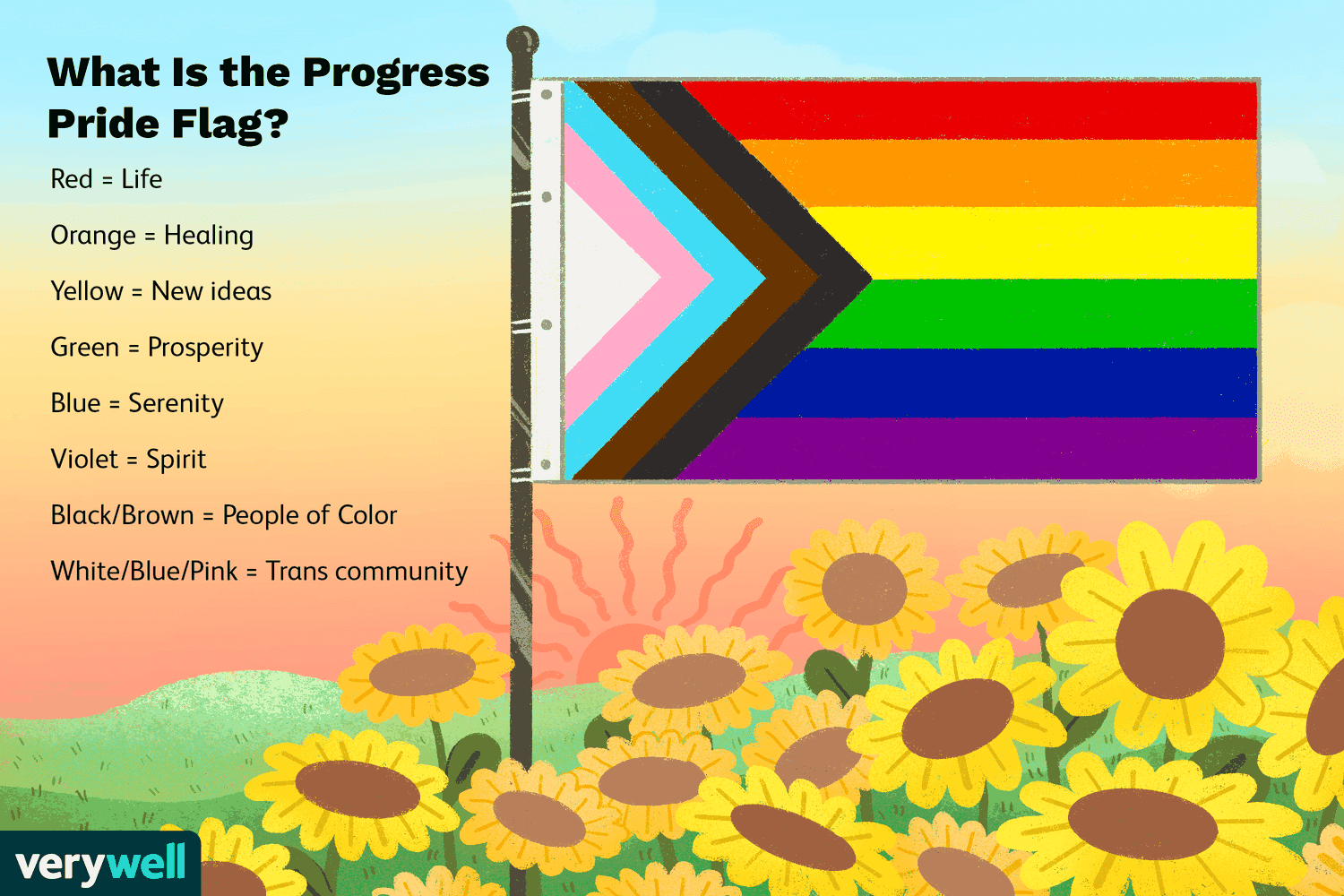
Gender identity and gender expression are also different!
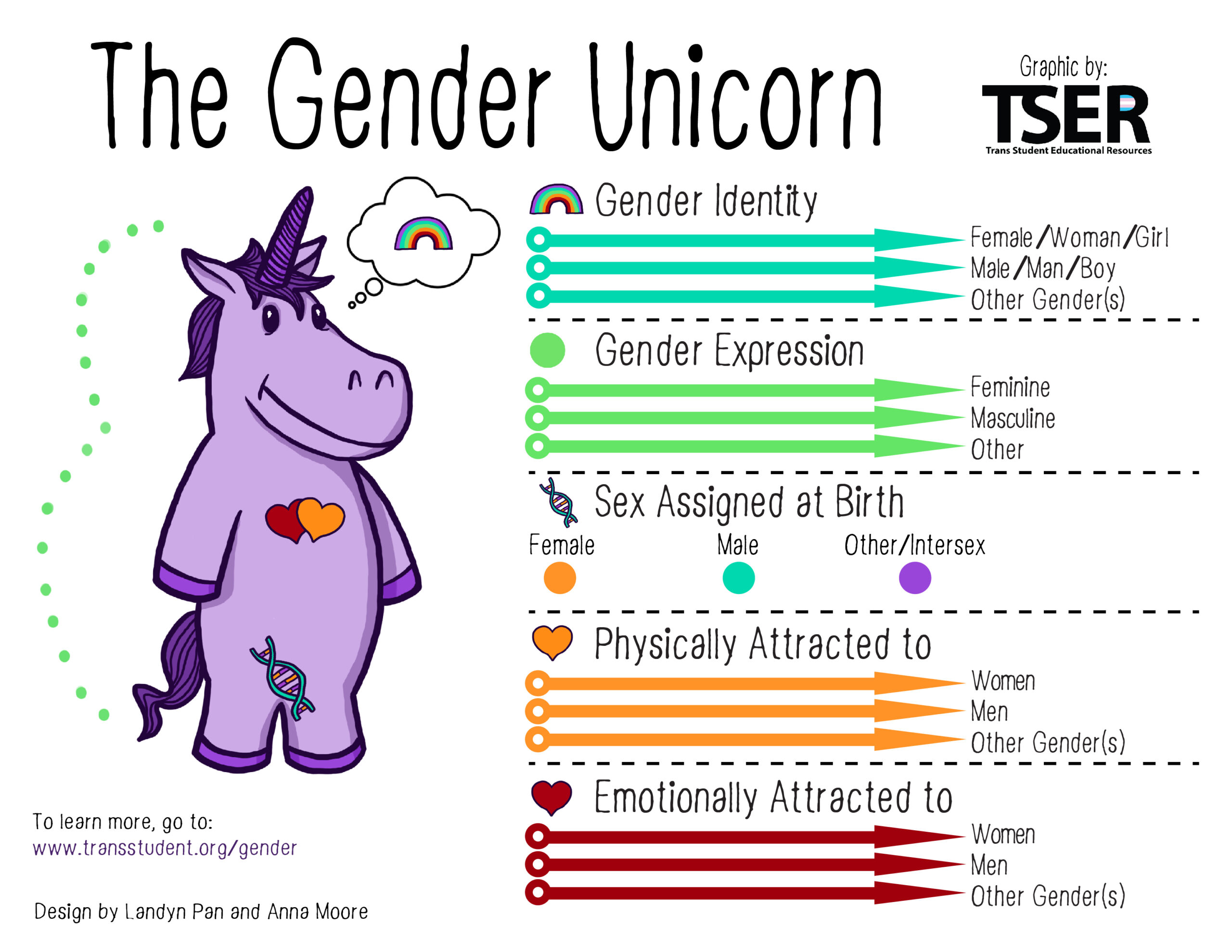
Resources & Support
We climb to maintain our physical and possibly social capital. Climbing has also been shown to help improve our mental health! However, those of us in marginalized groups suffer disproportionately when it comes to mental health, especially those of us in intersectional communities (e.g. QPOC).
We’ve collected a few mental health resources to connect with or keep in your back pocket when needed.
The Trans Lifeline - Dial in crisis (877) 565-8860
Trans Defense Fund Los Angeles - Free self-defense kits to trans-POC in LA
Trevor Project - Leading suicide prevention organization for LGBTQ young people
Articles - "Being There for LGBTQ Young People with Disabilities"
Orange County LGBTQ Center - Affirming therapy
Coming out can be a lifelong process and very different for each person. Navigating coming out or rather, "stepping in” can feel both liberating and constant. Here are some resources that may help guide the process.
Coming Out: Living Authentically as LGBTQ Latinx Americans
Coming Out: Living Authentically as LGBTQ Asian and Pacific Islander Americans
Coming Out: Living Authentically as Black LGBTQ People
More coming out stories and resources from the Human Rights Campaign
All are welcome at our affinity group meet-ups, including our Send With Pride meetups. Even allies! Our Send with Pride meet-ups center LGBTQIA+ folx in the community, creating a safe space for all to connect.
What is a safe space, you ask? A space is only truly safe if it’s safe for the most vulnerable of us, especially those of us with intersectional identities. We want our meet-up attendees to feel free from discrimination, criticism, harassment, or any other emotional or physical harm.
Here are some tips on how to be an "ally":
- Check out @pattiegonia's Instagram story highlights: "ALLY GUIDE"
- UC Merced List
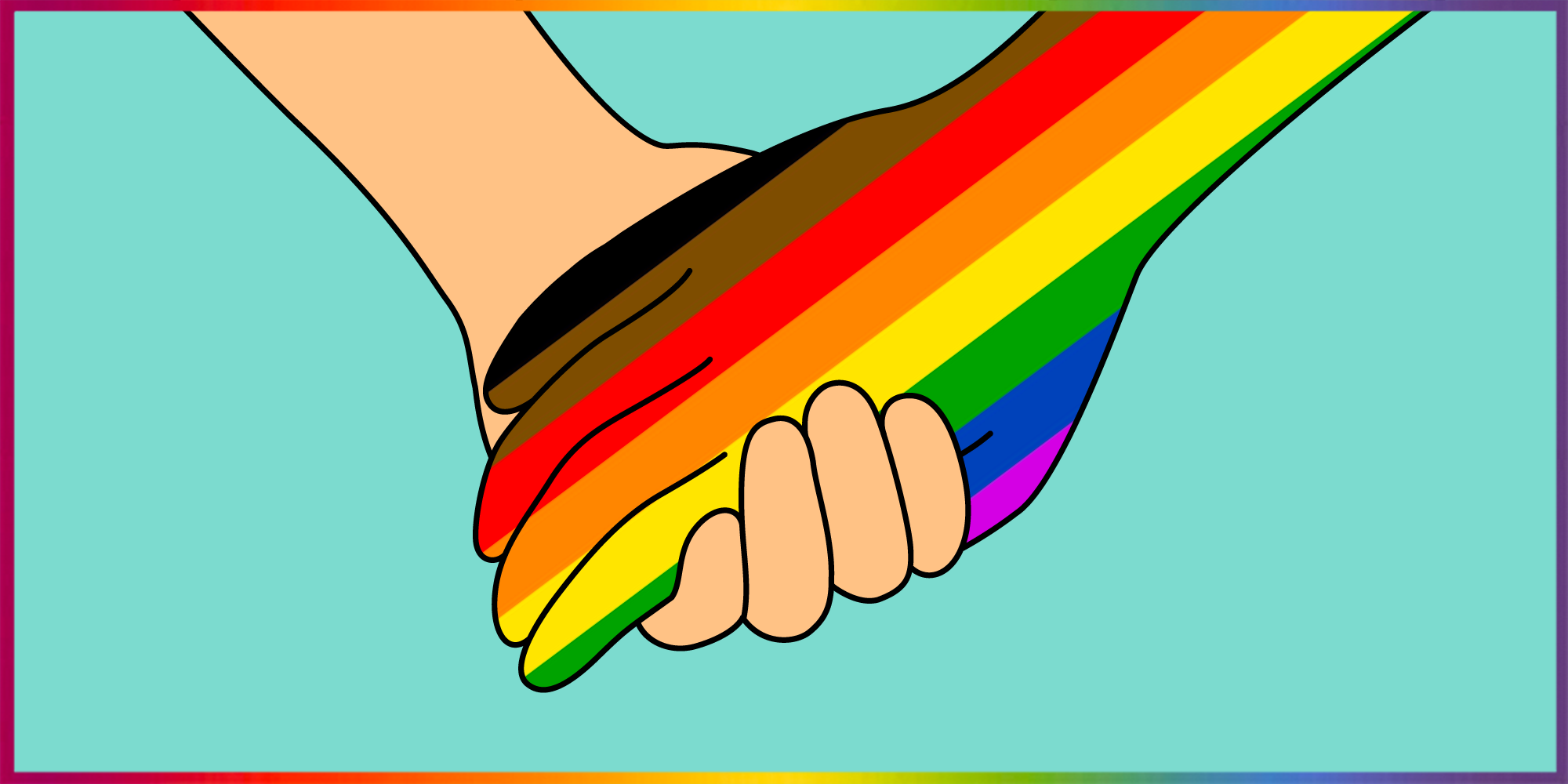
What does it mean to be an "ally"?
Being an ally is a verb". Being an ally is NOT just checking a box
Examples of active allyship:
- Knowing when to speak up and offering space
- Learn, listen, and read from folx in the community
- Find opportunities to talk openly with your straight and/or cisgender friends about your LGBTQ+ friends and family and the issues they face
- Get involved with pro-LGBTQ+ groups and campaigns and contact your elected officials to stand with and support LGBTQ+ rights
- Reflect on ways you can be an advocate for the community in your everyday life
Examples of checking a box:
- Wearing a rainbow shirt
- Slapping a rainbow sticker on your water bottle
- Attending PRIDE events
Climbing for the first time can be intimidating. Joining your first gym meet-up can also be scary. The climbing community, fortunately, has many welcoming groups and safe spaces, indoors and outdoors!
Looking for queer climbing guides/meet-up spaces?
- Instagram: @neodude
- Flash Foxy
- Rise Outside
- Queer Crush
You’ve probably seen the Queer Crush logo on our Send With Pride flyers. What is Queer Crush, you ask? They’re a nonprofit whose mission is to host meetups that create and maintain safe spaces for LGBTQIA+ individuals. Check them out at queercrush.org and @queercrushclimbing on IG!
